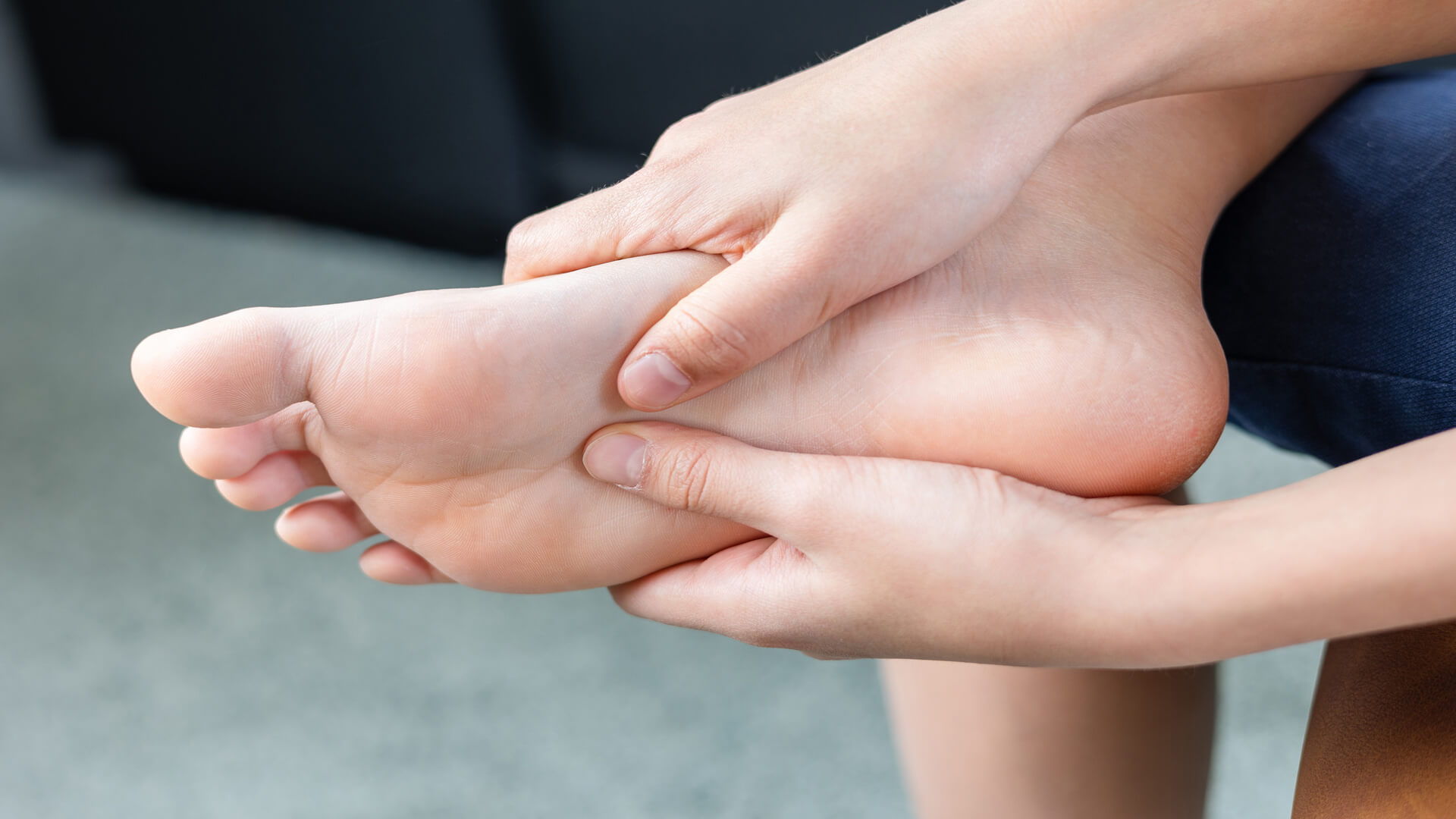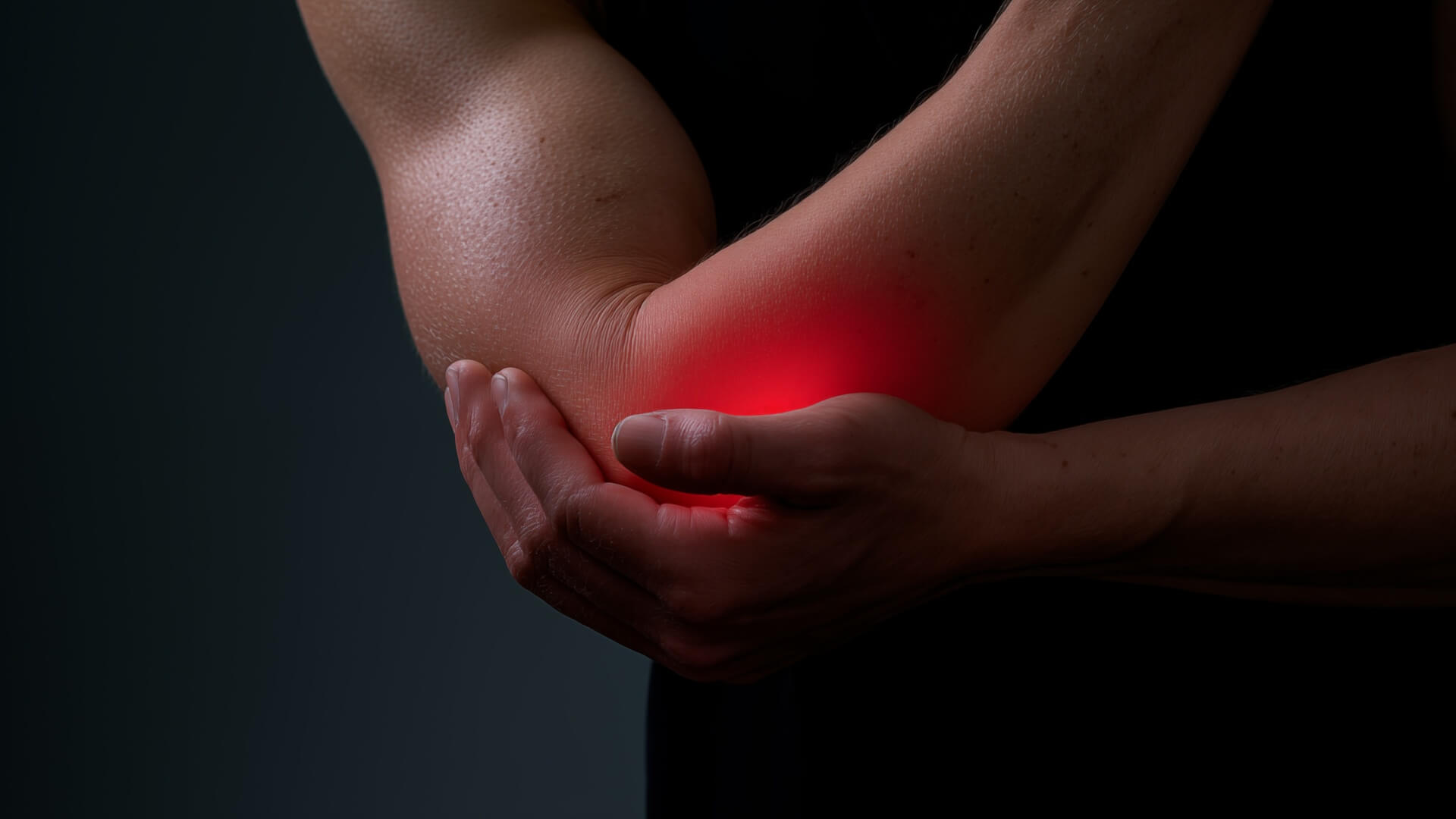
Morton’s Neuroma: what it is, symptoms, causes and treatment
Morton’s Neuroma is a benign thickening of a nerve in the foot, normally between the 3rd and 4th toe.
Live well by preventing: explanations, advice and tips for your health.
97 Results

Morton’s Neuroma is a benign thickening of a nerve in the foot, normally between the 3rd and 4th toe.

Find out more about injectable hyaluronic acid, how it works, the principal benefits, precautions to take after the procedure and expected results.

These are the 3 principal hand disorders that cause great suffering and loss of independence. Discover the symptoms and how to treat them.

Tendinopathy is one of the most common and debilitating health problems today. Find out what this condition is, the symptoms to look out for and how it’s treated.

Toe deformities are quite common and can be treated effectively. Find out how.

In some cases, a food allergy can be a serious health risk. With a correct diagnosis and the right medical care, you can control the condition and avoid complications. Find out how to take action and protect yourself.

Find out what seasonal affective disorder is, as well as the symptoms, causes and treatment options. Also learn how to recognise the most common signs in autumn and winter, and when you should seek medical help.

Find out what hip dysplasia is, the warning signs and how this condition is diagnosed and treated.

Find out what scoliosis is, the most common warning signs and how it can be prevented and treated.

Find out what couples therapy involves, what the benefits are and what to expect from the sessions.